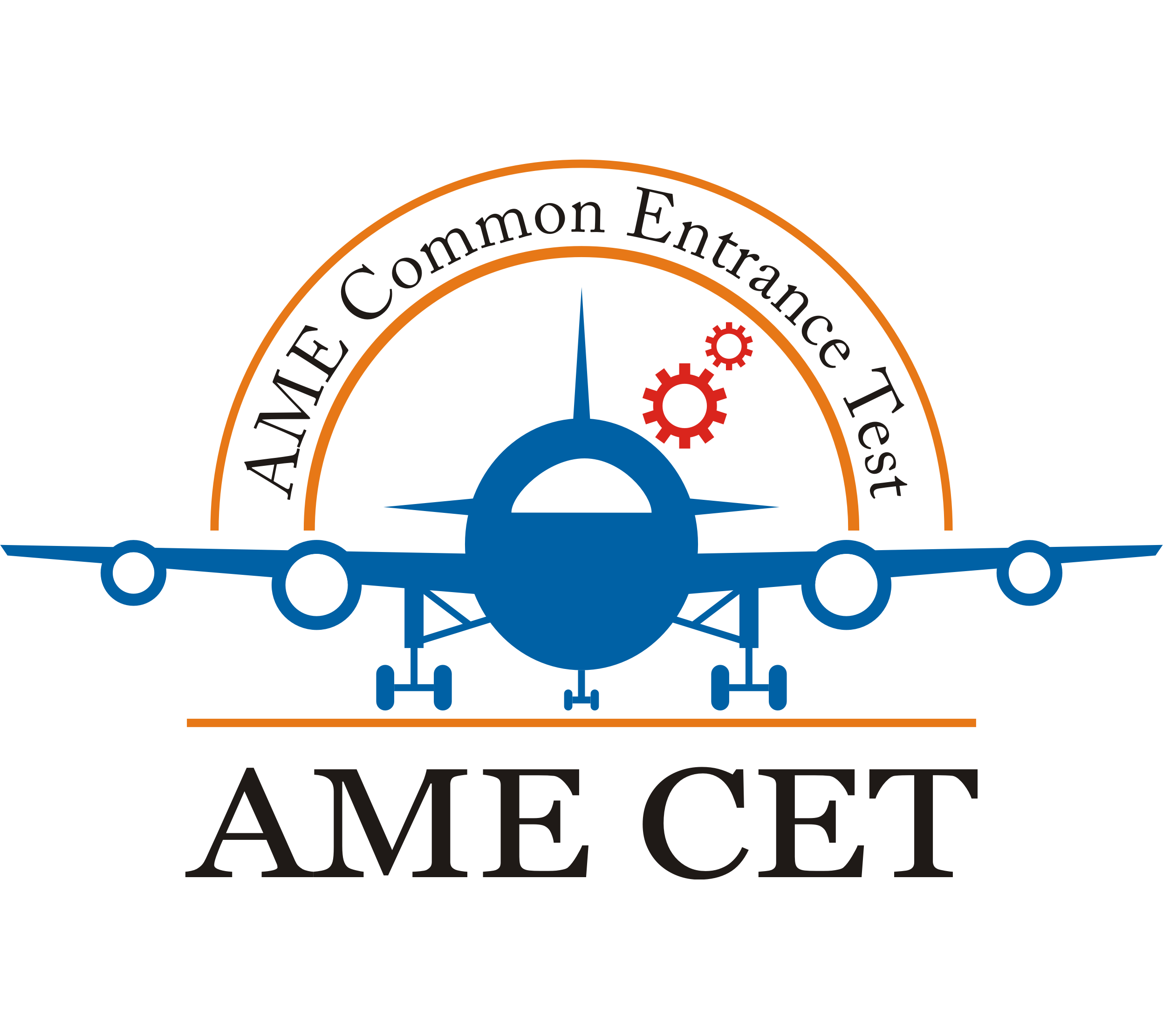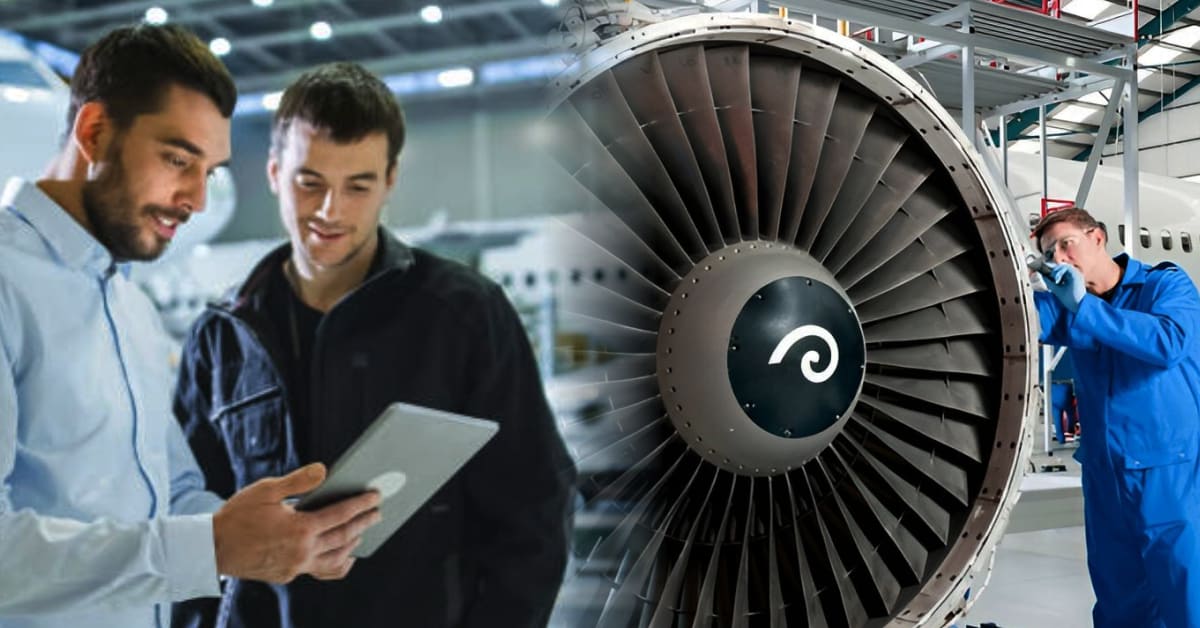How is B.Sc. in Aeronautics Different from B.Tech in Aeronautical Engineering?
Posted on : 20 October, 2025 1:10 pm
When it comes to pursuing a career in aviation and aerospace, students often get confused between a B.Sc. in Aeronautics and a B.Tech in Aeronautical Engineering. While both programs deal with the science and technology of flying machines, they differ in terms of focus, depth, duration, and career outcomes. Understanding these differences can help students make the right choice for their future.
Introduction to Both Courses
-
B.Sc. in Aeronautics
This is a three-year undergraduate degree that emphasizes the scientific principles of aviation. It covers subjects such as air navigation, meteorology, aircraft systems, and aviation safety. The course is more science-oriented and prepares students for roles in aviation operations, safety, and management, rather than aircraft design. -
B.Tech in Aeronautical Engineering
This is a four-year engineering program that focuses on the design, development, and maintenance of aircraft and aerospace vehicles. It is more technical and engineering-heavy, covering subjects like aerodynamics, propulsion, materials, and structural design. Students who want to become engineers in the aviation or aerospace industry usually pursue this degree.
Key Differences Between B.Sc. Aeronautics and B.Tech Aeronautical Engineering
1. Duration of the Program
-
B.Sc. Aeronautics: 3 years (6 semesters)
-
B.Tech Aeronautical Engineering: 4 years (8 semesters)
The engineering program is longer because it involves more detailed technical training and laboratory work.
2. Eligibility Criteria
-
B.Sc. Aeronautics: Requires 10+2 with Physics, Chemistry, and Mathematics (PCM), usually with 50% or above.
-
B.Tech Aeronautical Engineering: Requires 10+2 with PCM, generally with a higher cutoff, and admission through competitive exams such as JEE Main/Advanced or state-level engineering entrance exams.
3. Course Content
-
B.Sc. Aeronautics: Focuses on aviation science, including air navigation, meteorology, aircraft systems, and aviation management.
-
B.Tech Aeronautical Engineering: Focuses on engineering and technology, including aerodynamics, propulsion, flight mechanics, avionics, and aerospace structures.
4. Nature of Study
-
B.Sc. Aeronautics: More theory- and science-oriented, preparing students for operational and safety roles in aviation.
-
B.Tech Aeronautical Engineering: More practical and design-oriented, preparing students for engineering and R&D roles.
5. Career Opportunities
-
B.Sc. Aeronautics Graduates: Can work as aviation safety officers, ground operations staff, flight dispatchers, or airline executives, or pursue pilot training (with additional qualifications).
-
B.Tech Aeronautical Engineers: Can work as aeronautical engineers, design engineers, aerospace researchers, or maintenance engineers, or join organizations like ISRO, DRDO, HAL, or NASA.
6. Higher Studies
-
After B.Sc. Aeronautics: Students often pursue M.Sc. Aeronautics, MBA in Aviation Management, or Commercial Pilot License (CPL) training.
-
After B.Tech Aeronautical Engineering: Students can go for M.Tech, MS abroad, or research in aerospace engineering.
While a B.Sc. in Aeronautics is best suited for students who want to build a career in the science and operations side of aviation, a B.Tech in Aeronautical Engineering is ideal for those who want to become engineers and designers of aircraft and aerospace vehicles. Both paths lead to exciting opportunities in aviation, but the choice depends on whether a student is more interested in aviation science or aerospace engineering design.

